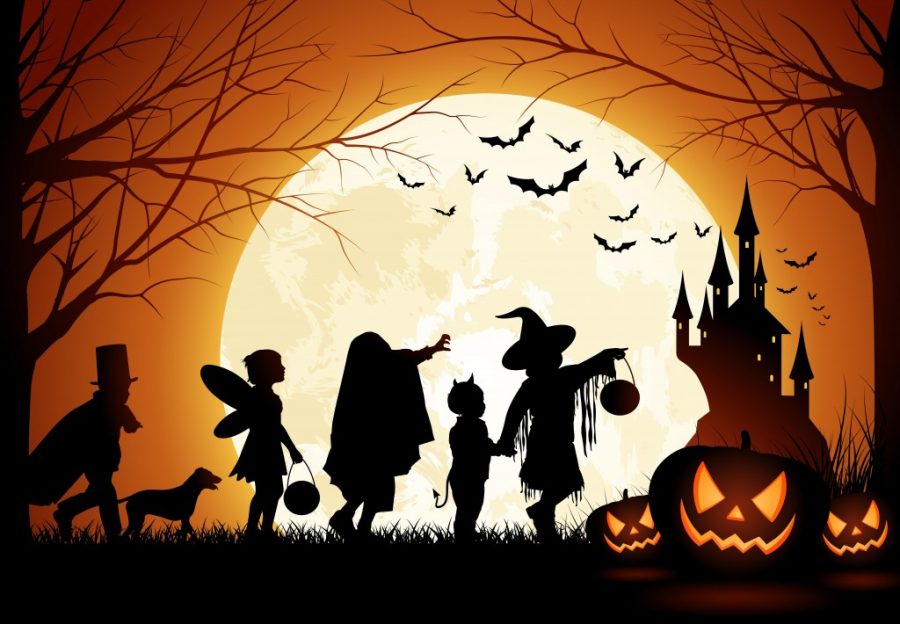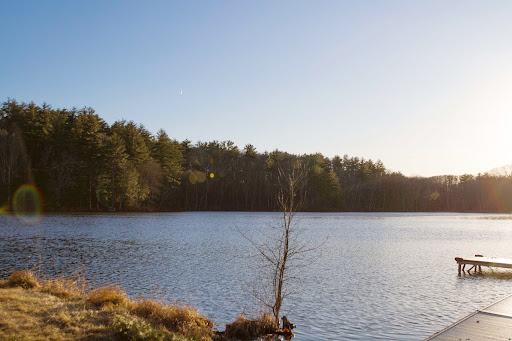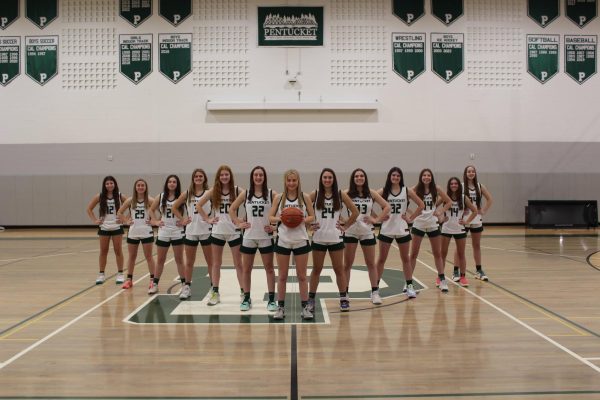This is Halloween
Cover Photo Source: The Official Blog of Benjamin L. Corey (http://www.patheos.com/blogs/formerlyfundie/halloween/)
October 17, 2018
It’s seldom known, but our kid-friendly and school-approved Halloween began as a religious holiday for the dead. The Celts, an ancient tribe from the area that is now Ireland, once celebrated a sort of “Day of the Dead” which has evolved over the course of history into the fun community holiday it is today.
About 2,000 years ago, the Celts celebrated their new year just after the harvest and just before the cold of winter; Nov. 1. The day before was a celebration called Samhain, meaning “Summer’s end” in Gaelic, the Celtic language (Live Science). According to The History Channel, “Celts believed that on the night before the new year, the boundary between the worlds of the living and the dead became blurred,” therefore, on Oct. 31 the ghosts of the dead were thought to roam the earth.
Although according to Live Science, “there is no hard evidence that Samhain was specifically devoted to the dead or to ancestor worship,” some scholars support that the Celts believed the presence of these spirits made it easier for Druids, or priests, to make predictions and prophecies (The History Channel).
For this reason, Samhain was celebrated on Oct. 31, the day before the Celtic winter began. Celts wore costumes as we do today, but theirs were animal skins. They danced around sacrificial bonfires prepared by the Druids. The priests allegedly made sacrifices to Celtic gods and attempted to predict what the tribe’s future held (The History Channel). In this way, “Samhain was less about death or evil than about the changing of seasons and preparing for the dormancy (and rebirth) of nature as summer turned to winter,” as Nicholas Rogers, a history professor at York University, tells Live Science.
Many scholars believe that eventually, this tradition of Samhain was influenced by Roman holidays and festivals when the Roman empire expanded both physically and culturally into Celtic lands.
After Rome became a Catholic empire, Pope Boniface IV created a Roman Catholic holiday called All Martyr’s Day in 609 A.D. This holiday was to be celebrated on May 13 in honor of all Christian martyrs. Later he extended this festival to all saints instead of just martyrs, calling it All Saints’ Day instead, and moved the holiday to Nov. 1. Soon, All Souls’ Day was added in addition on Nov. 2 in honor of the dead. This festival was celebrated very similarly to Samhain, and is sometimes thought to have been a ploy by the church to immerse Celts into Christianity by keeping Celtic traditions but incorporating Christianity beliefs into the holiday.
Now there was All Souls’ Day on Nov. 2 and All Saints’ Day on Nov. 1; therefore, the day prior to that, Oct. 31, was celebrated as the eve of these holidays. This day was called All-Hallows Eve, coming from the word for All Saints’ Day, “Alholowmesse” (The History Channel). Eventually, the name evolved to simply “Halloween.”
Halloween was brought to America due to mainly European influence, including the Irish Potato Famine, which caused mass immigration of the Irish to America. The Irish, descendants of the Celts, spread their Halloween traditions to America (The History Channel).
Folklorist John Santino believes that the fun Halloween practice of dressing up in costumes comes from an ancient beggar’s trick. People would disguise themselves in costumes usually made of straw and knock on doors to ask for food. These traditions slowly emerged in American life, and brought with them new pranks and games (Live Science).
The first Halloweens consisted of more “trick” than “treat,” as Americans pranked neighbors and attempted witchcraft on this seemingly magical night. As pranks gradually became more serious than the age-old egging a house, however, parents became concerned.
Many parents got together after the popularization of Halloween in America to take the blood, gore, and fright out of the holiday, turning it into the more community oriented and kid-friendly occasion it is today; full of Halloween parties, cute costumes, and trick or treating (Live Science).
Thus, after throwing a conglomeration of religious bonfires, animal-skin costumes, and days for martyrs, saints, and the dead into America’s Great Melting Pot, we have created our very own holiday; Halloween.












Timothy Friend • Oct 22, 2018 at 9:03 am
I found this article very interesting, especially the part that told of Halloween’s start in America, it is newer than I had originally thought.